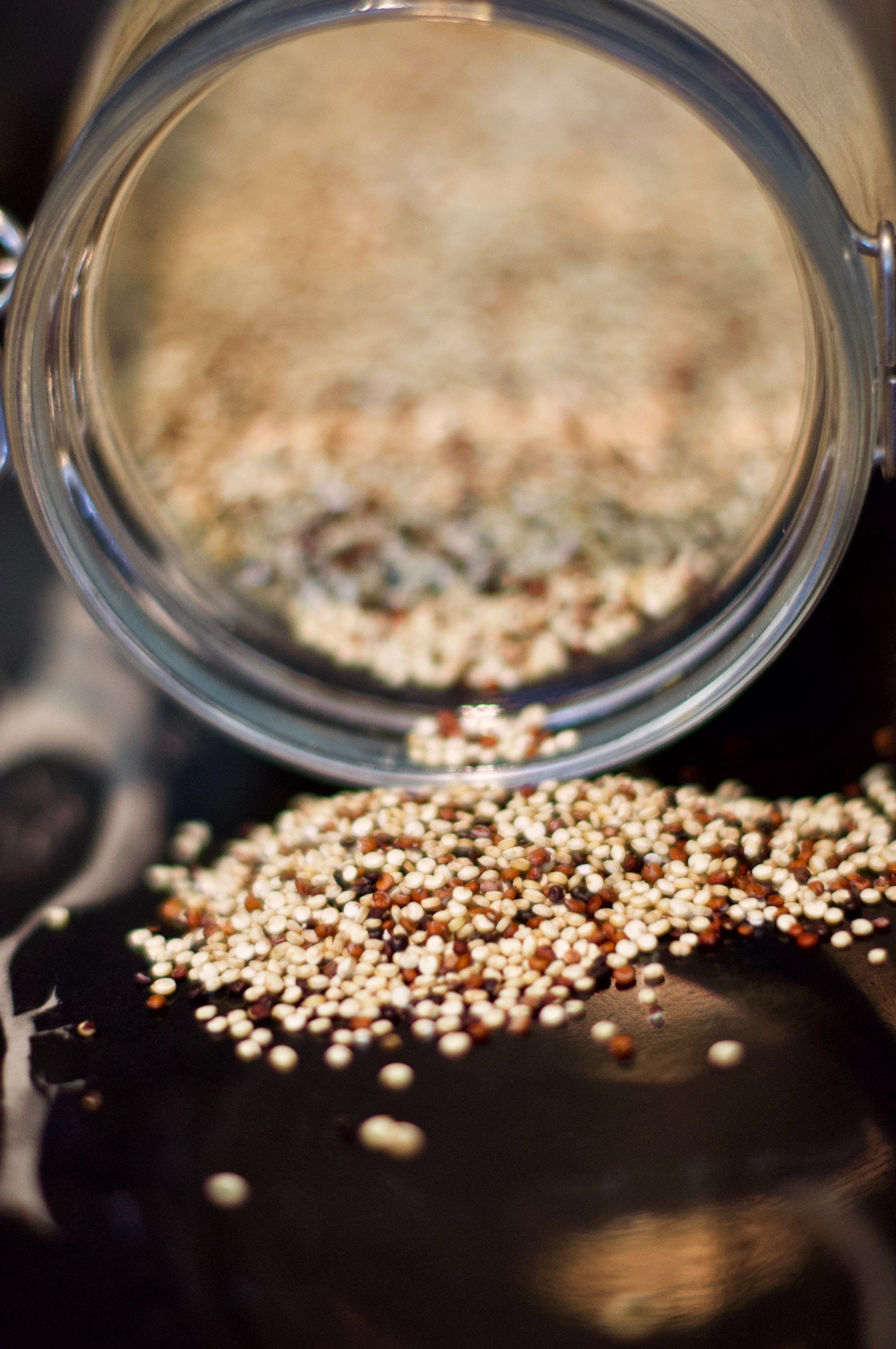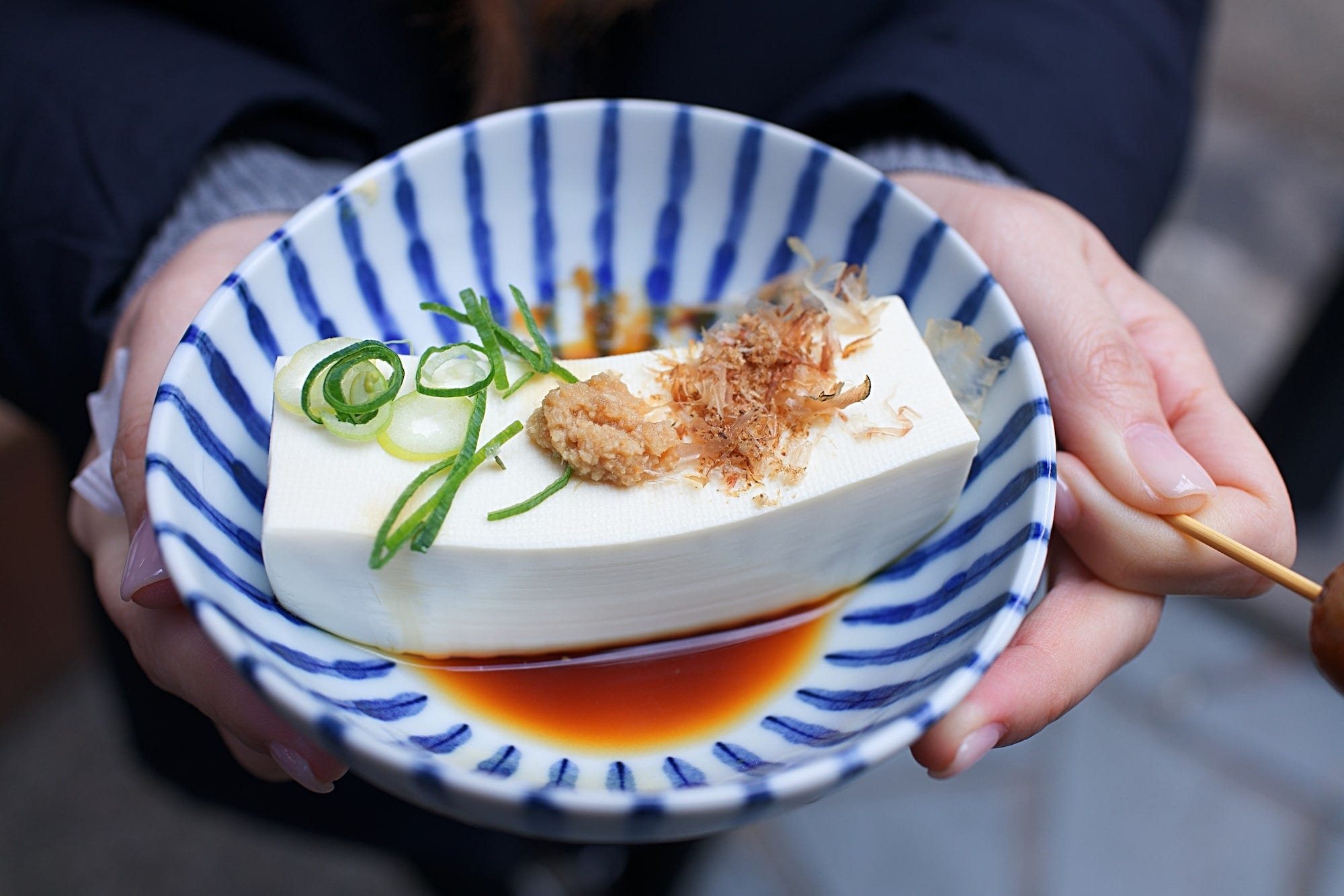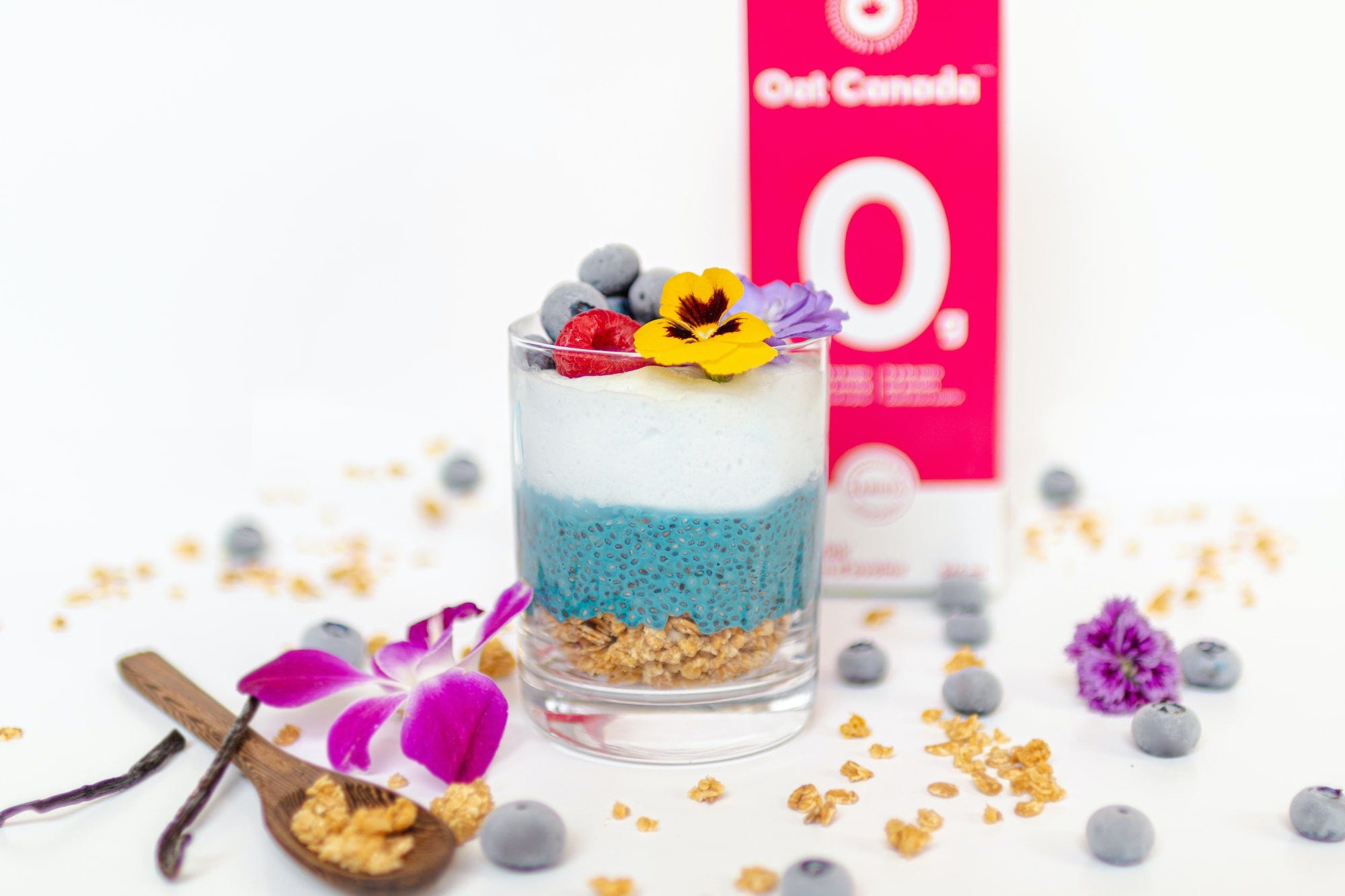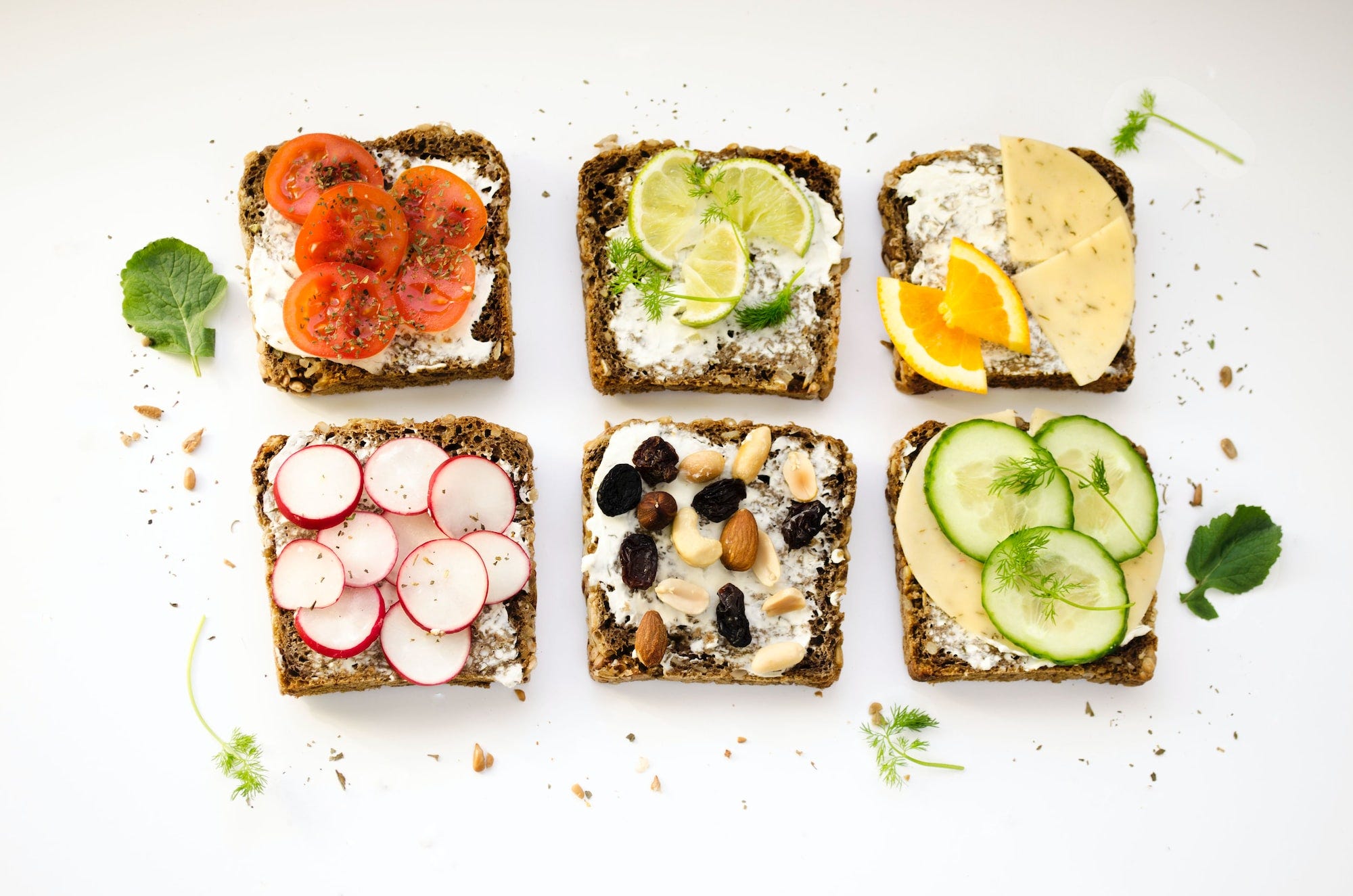Protein Allergy? No Problem: Exploring the Best Alternative Sources of Protein for Your Diet
Incorporating these protein sources into your diet can help ensure that you are meeting your daily protein requirements without triggering an allergic reaction.

For people with protein allergies, it can be challenging to get enough protein in their diets, as many common sources of protein can trigger allergic reactions. Fortunately, there are plenty of alternative sources of protein available that are allergy-friendly and can help maintain a healthy diet. In this article, we will explore some of the best alternative sources of protein for those with protein allergies.
The 10 Best Alternative Sources of Protein for Your Diet
1: Legumes
Legumes are a fantastic source of protein, and they are also rich in fiber, vitamins, and minerals. Some popular legumes include lentils, chickpeas, black beans, kidney beans, and peas. They can be added to salads, soups, and stews, and even used as a meat substitute in dishes like veggie burgers and tacos. Legumes are also relatively inexpensive, making them a budget-friendly choice for those on a tight budget.
2: Quinoa
Quinoa is a superfood that is packed with protein, fiber, and essential vitamins and minerals. It is also gluten-free, making it an excellent option for those with gluten allergies. Quinoa can be used in a variety of dishes, from salads and bowls to soups and stews.

3: Nuts and seeds
Nuts and seeds are a great source of protein and healthy fats. Some popular options include almonds, cashews, walnuts, pumpkin seeds, chia seeds, and flaxseeds. They can be eaten as a snack or added to salads, smoothies, or oatmeal for an extra protein boost.
4: Tofu
Tofu is a versatile and affordable source of protein that can be used in a variety of dishes. It is made from soybeans and is an excellent option for those with nut allergies. Tofu can be used in stir-fries, soups, salads, and even desserts.

5: Seitan
Seitan, also known as wheat meat or wheat protein, is a popular meat substitute that is high in protein and low in fat. It is made from wheat gluten and is an excellent option for those with soy or nut allergies. Seitan can be used in a variety of dishes, including sandwiches, stir-fries, and stews.
6: Rice and pea protein
Rice and pea protein powders are a popular alternative to whey protein for those with allergies. They are typically made from brown rice and yellow peas and are often combined to provide a complete protein source. Rice and pea protein powders can be added to smoothies, and oatmeal, or used in baking.
7: Spirulina
Spirulina is a type of blue-green algae that is rich in protein, vitamins, and minerals. It can be added to smoothies or used in baking to boost the protein content of baked goods. Spirulina is also available in supplement form for those who prefer not to consume it in food.

The Recipe for the Smoothie shown above is as follows:
Vegan Chia Pudding Breakfast Recipe with Oat Canada's 0g of Sugar Oat Milk
Ingredients:
- 8 tbsp chia seeds
- 300 mL Oat Canada 0g of sugar oat milk
- 1 tsp ceremonial grade matcha powder
- 1 tbsp blue spirulina powder
- 1/4 tsp Madagascar vanilla bean
- 2 tsp organic maple syrup
- Granola
- Garnish of your choice (we used blueberries, raspberries, and edible flowers)
Instructions:
- In a bowl, mix together chia seeds, Oat Canada oat milk, matcha powder, blue spirulina powder, Madagascar vanilla bean, and organic maple syrup.
- Stir well and let it sit for 10 minutes. Then, stir again to prevent clumping and refrigerate for at least 2 hours, or overnight.
- When ready to serve, spoon the chia pudding into a jar or a bowl as the second layer.
- Add a layer of granola on top of the chia pudding as the bottom layer.
- For the top layer, garnish with your choice of fruits and edible flowers on top of some coconut whipped cream.
- Serve and enjoy your delicious vegan chia pudding breakfast!
8: Hemp seeds
Hemp seeds are a great source of protein, healthy fats, and fiber. They can be added to smoothies, salads, or used in baking to provide a protein boost. Hemp seeds are also available in the form of protein powder for those who prefer not to consume whole seeds.
9: Nutritional yeast
Nutritional yeast is a deactivated yeast that is often used as a cheese substitute in vegan dishes. It is also an excellent source of protein and can be added to popcorn, and pasta, or used in baking to provide a protein boost.

10: Sunflower seed butter
Sunflower seed butter is a tasty and allergy-friendly alternative to peanut butter. It is high in protein, healthy fats, and essential vitamins and minerals. Sunflower seed butter can be used in sandwiches, smoothies, or as a dip for vegetables.
Alternative Sources of Protein for Those with an Egg Allergy
Eggs are a common allergen, and many people who are allergic to eggs may find it challenging to get enough protein in their diet. However, there are plenty of alternative protein sources available that are egg-free and can help maintain a healthy diet.
Here are some of the best alternative sources of protein for those with an egg allergy:
- Legumes: Legumes, such as beans, lentils, and peas, are an excellent source of protein for those with an egg allergy. They are also high in fiber, vitamins, and minerals, making them a nutritious addition to any diet. You can add legumes to soups, stews, salads, and other dishes, or enjoy them as a main course.
- Nuts and Seeds: Nuts and seeds, such as almonds, cashews, chia seeds, and pumpkin seeds, are an excellent source of protein and healthy fats. They are also versatile and can be used in a variety of dishes, such as smoothies, salads, and baked goods.
- Tofu: Tofu is a protein-rich food made from soybeans, and it is an excellent alternative to eggs in many recipes. It is versatile and can be used in a variety of dishes, such as stir-fries, soups, and salads.
- Quinoa: Quinoa is a high-protein, gluten-free grain that is rich in vitamins and minerals. It is also versatile and can be used in a variety of dishes, such as salads, soups, and casseroles.
- Seitan: Seitan is a protein-rich food made from wheat gluten, and it is an excellent alternative to eggs in many recipes. It is also versatile and can be used in a variety of dishes, such as stir-fries, sandwiches, and salads.
- Rice and Pea Protein: Rice and pea protein are excellent sources of protein for those with an egg allergy. They are also easy to digest and can be used in a variety of dishes, such as smoothies, shakes, and baked goods.
- Spirulina: Spirulina is a blue-green algae that is high in protein and other nutrients. It is also a great source of antioxidants and can be used in a variety of dishes, such as smoothies, shakes, and baked goods.
- Hemp Seeds: Hemp seeds are a high-protein seed that is rich in healthy fats and other nutrients. They are also versatile and can be used in a variety of dishes, such as smoothies, salads, and baked goods.
- Nutritional Yeast: Nutritional yeast is a deactivated yeast that is high in protein and other nutrients. It is also a great source of B vitamins and can be used in a variety of dishes, such as sauces, dips, and baked goods.
- Sunflower Seed Butter: Sunflower seed butter is a delicious and allergy-friendly alternative to traditional nut butters. It is high in protein and healthy fats, and it can be used in a variety of dishes, such as sandwiches, smoothies, and baked goods.

Incorporating these alternative sources of protein into your diet can help ensure that you are meeting your daily protein requirements without triggering an allergic reaction to eggs. However, if you are unsure about which protein sources are right for you, it is always a good idea to consult with a healthcare professional or a registered dietitian who can help you develop a personalized nutrition plan that meets your individual needs and preferences.
Tips for Incorporating Alternative Protein Sources into Your Diet
Now that we've covered some of the best alternative sources of protein for those with a protein or egg allergy, let's discuss some tips for incorporating these foods into your diet.
- Plan your meals: Planning your meals in advance can help ensure that you are incorporating a variety of alternative protein sources into your diet. Make a list of the protein-rich foods that you enjoy and plan meals around those ingredients.
- Experiment with recipes: Trying new recipes can be a fun and exciting way to incorporate alternative protein sources into your diet. Look for recipes online or in cookbooks that use these ingredients and experiment with different flavors and cooking techniques.
- Make small changes: Incorporating alternative protein sources into your diet doesn't have to be an all-or-nothing approach. Start by making small changes, such as swapping out eggs for tofu in a stir-fry or adding some nuts or seeds to your oatmeal in the morning.
- Keep snacks on hand: Keeping protein-rich snacks on hand, such as roasted chickpeas, nuts, or seeds, can help ensure that you are getting enough protein throughout the day. These snacks are also a great option for when you're on the go.
- Consult with a registered dietitian: If you have a protein or egg allergy, it is always a good idea to consult with a registered dietitian who can help you develop a personalized nutrition plan that meets your individual needs and preferences.

Incorporating alternative protein sources into your diet can seem challenging at first, but with a little planning and experimentation, you can find a variety of delicious and nutritious foods that work for you. Remember to listen to your body and pay attention to any allergic reactions or digestive issues that may arise.
Summary of Alternative Sources of Protein for Those with a Protein Allergy
In conclusion, there are plenty of alternative sources of protein available for those with protein allergies. Incorporating these protein sources into your diet can help ensure that you are meeting your daily protein requirements without triggering an allergic reaction.
It is important to note that not all protein sources are created equal. Some sources may be higher in certain amino acids than others, and some may be better absorbed by the body than others. It is important to vary your protein sources to ensure that you are getting a complete range of amino acids and other essential nutrients.
If you are unsure about which protein sources are right for you, it is always a good idea to consult with a healthcare professional or a registered dietitian who can help you develop a personalized nutrition plan that meets your individual needs and preferences.

In addition to incorporating alternative protein sources into your diet, there are other steps you can take to help manage your protein allergy. These may include reading food labels carefully, avoiding cross-contamination in the kitchen, and carrying an epinephrine auto-injector in case of a severe allergic reaction.
In summary, protein allergies can make it challenging to get enough protein in your diet. Fortunately, there are plenty of alternative protein sources available that are allergy-friendly and can help maintain a healthy diet. By incorporating legumes, quinoa, nuts and seeds, tofu, seitan, rice and pea protein, spirulina, hemp seeds, nutritional yeast, and sunflower seed butter into your diet, you can ensure that you are getting a complete range of amino acids and other essential nutrients without triggering an allergic reaction.
💡 This article has been written with the help of A.I. for topic research and formulation.





